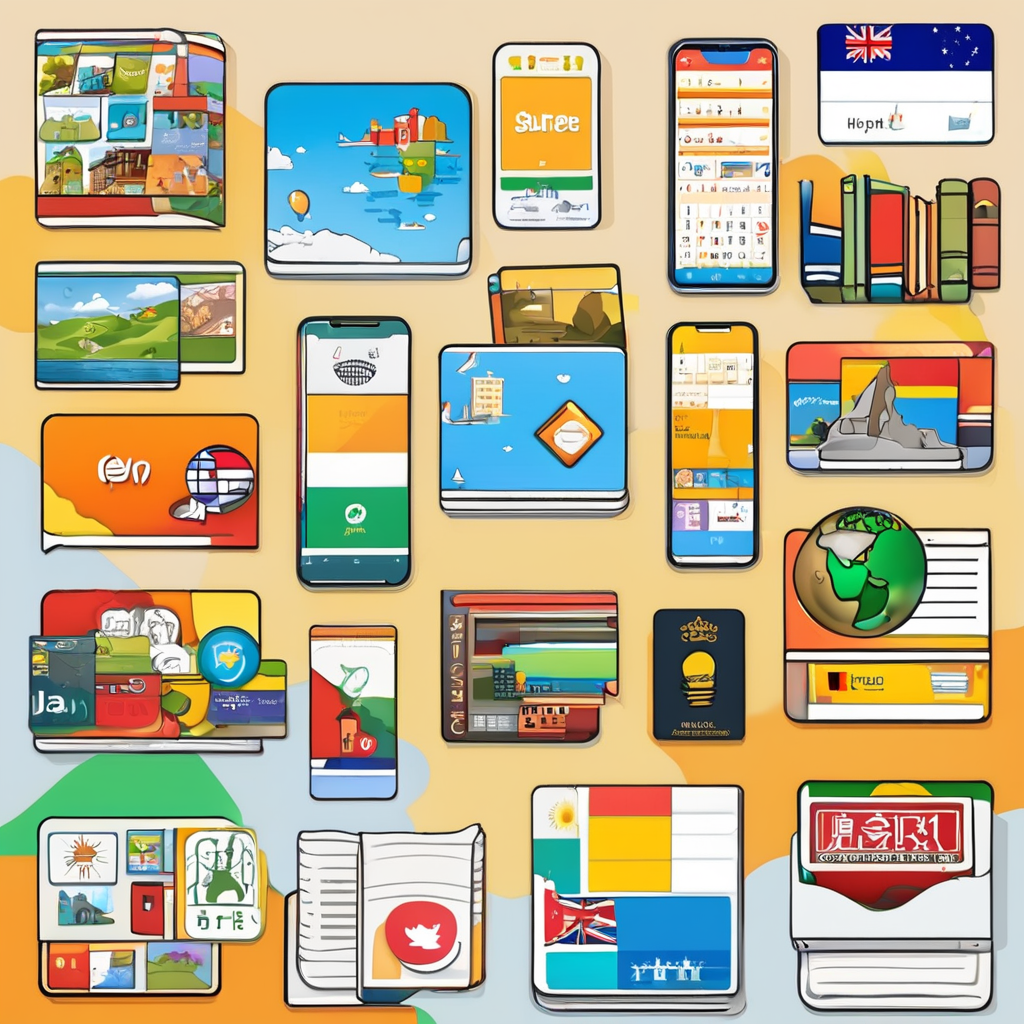Language learning apps have revolutionized the way people acquire new languages. With the advancement of technology, these apps offer convenient and effective ways to learn a new language anytime, anywhere. Whether you’re a beginner looking to start from scratch or an advanced learner aiming to enhance your skills, language learning apps cater to a wide range of proficiency levels. In this article, we will explore the benefits of using language learning apps, the features that make them stand out, and some popular options available in the market.
One of the key advantages of using language learning apps is their accessibility. Users can access lessons, exercises, and quizzes at their own pace and convenience. This flexibility allows individuals to integrate language learning into their daily routines, whether it’s during their commute, coffee break, or before bedtime. Additionally, language learning apps often provide interactive and engaging content, making the learning process more enjoyable and motivating.
Another benefit of language learning apps is their personalized approach. Many apps use algorithms to track users’ progress and tailor lessons to their individual learning styles and preferences. This personalization not only enhances the learning experience but also increases retention and comprehension. By receiving real-time feedback and recommendations, users can focus on areas that need improvement and track their overall language proficiency.
Furthermore, language learning apps offer a variety of features that simulate real-life language experiences. From audio exercises for pronunciation practice to interactive games for vocabulary building, these apps provide a holistic learning environment. Some apps even incorporate speech recognition technology to help users practice speaking and listening skills, essential components of language acquisition.
In addition to individual practice, many language learning apps facilitate social interaction among users. Through features like language exchange forums, virtual classrooms, and live chat sessions, learners can engage with native speakers and other learners from around the world. This not only fosters cultural exchange but also allows users to practice their language skills in authentic contexts.
Moreover, language learning apps often offer gamification elements to motivate users and track their progress. By earning points, badges, or completing challenges, learners feel a sense of accomplishment and are encouraged to continue practicing. This gamified approach keeps users motivated and engaged, preventing language learning from becoming monotonous or overwhelming.
When choosing a language learning app, it’s essential to consider factors such as the language(s) offered, the app’s user interface and design, the quality of content and exercises, and the availability of support resources. Some popular language learning apps include Duolingo, Rosetta Stone, Babbel, Memrise, and HelloTalk, each with its unique features and strengths. Users can explore different apps to find the one that best suits their learning preferences and goals.
In conclusion, language learning apps have transformed the way people engage with foreign languages, offering accessible, personalized, and engaging learning experiences. Whether you’re a beginner embarking on your language learning journey or an advanced learner seeking to enhance your skills, these apps provide a wealth of resources and tools to support your language acquisition. By incorporating language learning apps into your daily routine and taking advantage of their features, you can make significant progress in mastering a new language. So why wait? Start exploring the world of language learning apps today and unlock a world of opportunities.
